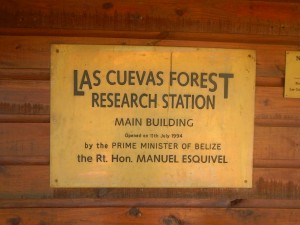Today was officially our last day on the mainland until we leave for the airport. I’ve felt very weird about this all day. Coming from the forest, any signs of humans almost felt claustrophobic. Once we got on the boat and out to sea, a feeling of freedom seemed to overtake all of us (besides those who get seasick). But upon arriving at Glover’s reef on Middle Caye, a sense of both awe and discomfort hit me.
This place is a fantasy. Crystal blue waters of different shades, dotted with sandy mangrove islands. I swear the Pirates of the Caribbean movies were filmed here. The research station is perfectly fitting to the scene, simple yet clean. Somehow though, the whole environment feels a little alien with its huge expanses of ocean after the life-infested rainforest. I’m sure going below the water to explore the amazing ecosystems will change this feeling again!

Back to animals. For some final mammal sightings, we stopped by the Belize Zoo again in the morning. This time, we spotted a gray fox, two jaguarundis, a margay, and a couple of jaguars. Then it was off to the piscivorous fish!

During our brief first snorkel experience, I recognized yellowtail snapper and bluestriped grunt in the sea grass and on the patch reef than we swam around. Some other students saw a great barracuda, one of the coolest predatory fish in my opinion.
Another great thing about Glover’s: the food. The cooks are amazing! Looking forward to breakfast.
















